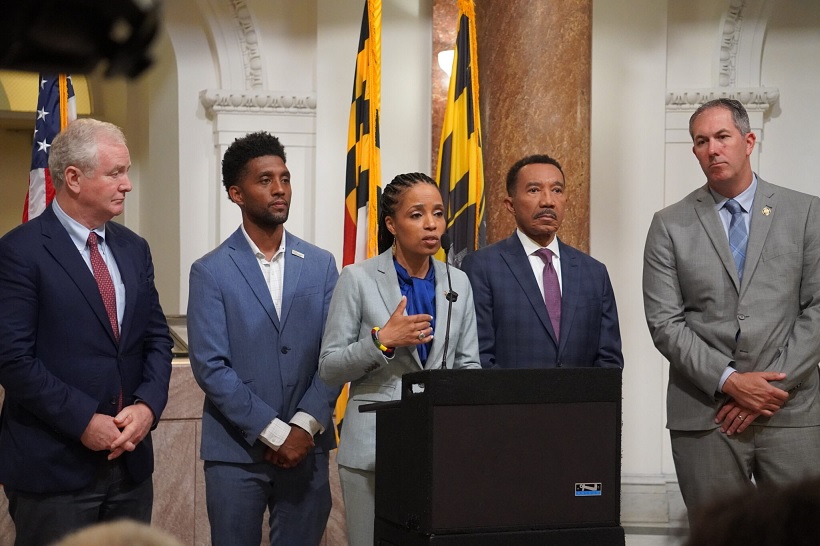Baltimore's Progress in Crime Reduction and Vacancy Rates Faces Threat from Federal Cuts

Summary
Full Article
Baltimore's federal delegation recently highlighted the city's progress in reducing crime rates, vacant properties, and overdose deaths during a meeting at City Hall. Mayor Brandon Scott reported a 22.7% decrease in homicides and a 19.6% decline in nonfatal shootings since last July, alongside reductions in auto thefts, robberies, arson, and carjackings. The number of vacant properties has also dropped below 13,000, a significant improvement from the longstanding figure of around 20,000.
Despite these achievements, the delegation expressed concerns that federal actions, particularly budget cuts to Medicaid and food-assistance programs, could undermine these gains. Rep. Johnny Olszewski criticized the Trump administration's approach, emphasizing the potential harm to Baltimore and similar cities across the country. The recently approved budget reconciliation legislation, which includes over $1 trillion in cuts over the next decade, was specifically mentioned as a threat to the city's vulnerable populations, including children and pregnant mothers.
Mayor Scott warned that cuts to health-based programs could hinder efforts to address addiction and overdose issues, referencing a recent mass overdose event in Baltimore that required medical services for 27 individuals. He stressed the importance of maintaining funding for treatment programs related to addiction, behavioral health, and substance abuse to prevent such incidents in the future.
The meeting underscored the delicate balance between local progress and federal policy impacts, with Baltimore's leaders calling for continued support to sustain and build upon the city's recent improvements. The potential consequences of federal budget cuts extend beyond immediate health and safety concerns, threatening to reverse hard-won gains in community stability and well-being.

This story is based on an article that was registered on the blockchain. The original source content used for this article is located at citybiz
Article Control ID: 105187